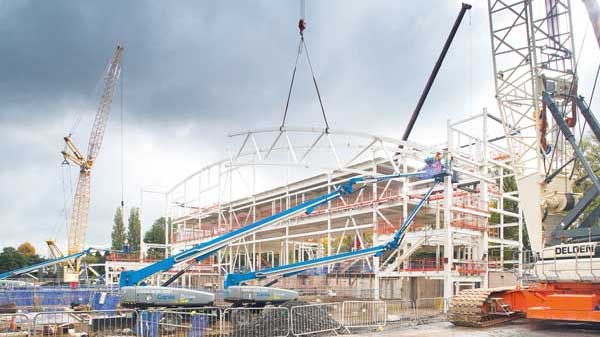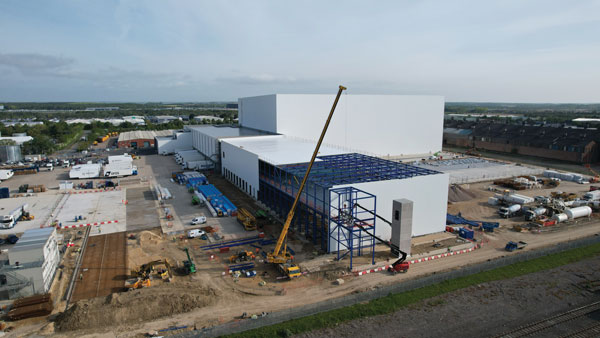News
President’s Column: October 2019
 One thing that really raises my blood pressure is hearing politicians using that old chestnut ‘metal bashers’ when in fact nothing could be further from the truth. But it’s sometimes hard for those outside the sector to reconcile their traditional image of the structural steelwork industry with the modern-day reality of digitisation, automation and business process improvement.
One thing that really raises my blood pressure is hearing politicians using that old chestnut ‘metal bashers’ when in fact nothing could be further from the truth. But it’s sometimes hard for those outside the sector to reconcile their traditional image of the structural steelwork industry with the modern-day reality of digitisation, automation and business process improvement.
In fact, BCSA members are already expert in the use of technology and automation and are always on the lookout for what’s next. And BCSA’s Digital Technology Working Group continues to investigate new technologies on behalf of the structural steelwork sector.
Software use is integral to the steel fabrication process, supporting activities such as internal knowledge and bid management, project planning, analysis and design, 3D modelling and BIM co-ordination.
At the start of the process, modelling and estimating software is essential to the bidding process for steelwork contractors, and I can see that its use is increasing. This software creates a model of the steel frame so steelwork contractors can visually present the content of their bid alongside the associated costs and provide insight into the sequence of construction works.
During the design phase, the structural steel is modelled to fabrication levels of detail. Materials Resource Planning software then processes data from the model which is used for materials procurement, manages data to drive automated cutting and fabrication machinery, and plans logistics. These technology advancements have allowed steelwork contractors to operate on a “just-in-time” basis.
Automated CNC machinery is standard today for each stage of the steel fabrication process. While every steelwork contractor has a slightly different process, it starts with the efficient and seamless transfer of 3D model information from the design office to the equipment in the workshop. I know that when visitors come into a structural steelwork workshop, they are amazed at how automated the fabrication process is.
So what for the future?
The sector is moving towards the adoption of full automation of all processes on the factory floor, utilising robots or cobots (collaborative robots). While this is some way off, some steelwork contractors are already moving into robotics.
Further technological advancements will drive the adoption and advancement of mixed reality and holographic technology, both in the factory and on-site.
And 3D printing, while still in the distant future for everyday steel structures, is coming on in leaps and bounds.
While we can’t predict the future, what I do know is that BCSA’s Digital Technology Working Group will continue to monitor these and other emerging technologies to help keep the structural steelwork sector at the forefront of digitisation, automation and efficiency.
Tim Outteridge
BCSA President & Jamestown Manufacturing











